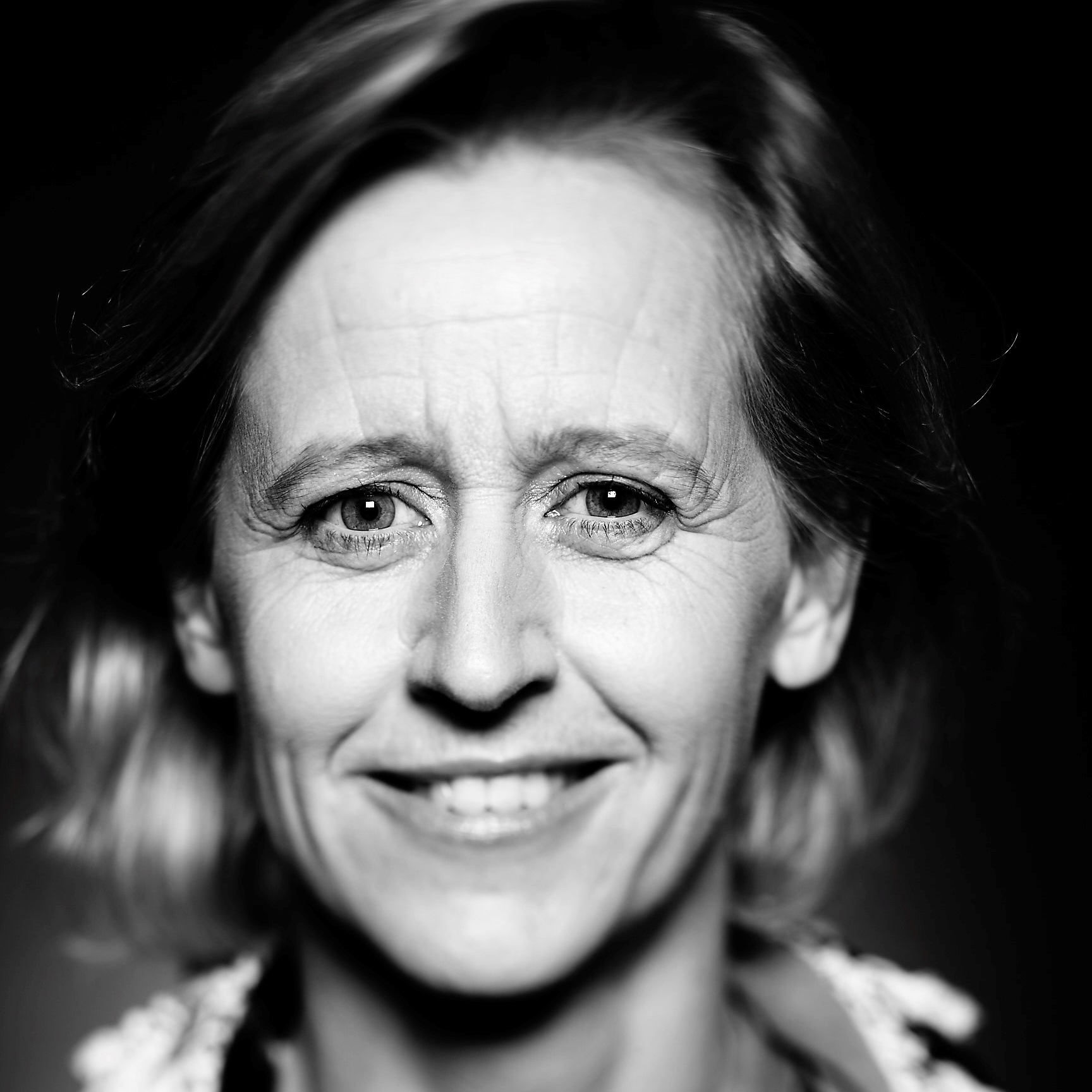 \
&
Contact us
\
&
Contact us
 \
&
Contact us
\
&
Contact us
Partnership website: https://cetpartnership.eu/
The CETPartnership is a co-funded partnership, bringing together private and public stakeholders in the research and innovation ecosystems. CET Partnership aims to create and foster transnational innovation ecosystems and overcome a fragmented research and innovation landscape.
The common vision of the CETPartnership is already manifested in its Strategic Research and Innovation Agenda (SRIA) that has been co-created in a broad engagement process during 2020. This articulates the common goal of:
These goals are set in the framework of the EU Strategic Energy Technology (SET) plan.
Flanders Innovation & Entrepreneurship (VLAIO) is an active member in this co-funded partnership. The funding commitment by VLAIO (excluding the top-up by the European Commission) amounts to €1.000.000. A maximum of three projects is anticipated to be funded. The involvement of at least one private company (SME or large enterprise) based in Flanders is mandatory. A project can be awarded a maximum of €500.000 in funding.
Funding rates vary, from 35-60% for development projects to 60-70% for research projects.
Parties interested to participate in the CET Partnership calls in Flanders are highly recommended to get in touch with the VLAIO contact point, i.e. Frank Verschraegen, to avoid ineligible projects and consortia.
Partnerships group the EC and private and/or public partners, to coordinate and streamline the research & innovation initiatives and funding in some selected key domains.

Ria.debreucker@vlaio.be

The YoPA project, ‘a youth-centred preventive action approach towards co-created implementation of socially and physically activating environmental interventions’ obtained funding from Horizon Europe’s Health Cluster. The project addresses the multifaceted challenges of physical inactivity and health inequalities through a unique participatory approach. The project places teenagers between 12 and 18 years old in vulnerable situations at the forefront of the intervention process. The Institute of Tropical Medicine is a partner in the project and will conduct a Realist Evaluation to understand how youth co-creation contributes to improved adolescent health and well-being in four cities in Denmark, Netherlands, Nigeria and South Africa. By integrating its results and sharing its approach in an open access Toolbox, ITM aims to contribute to fostering sustainable, youth-led solutions for healthier urban environments.